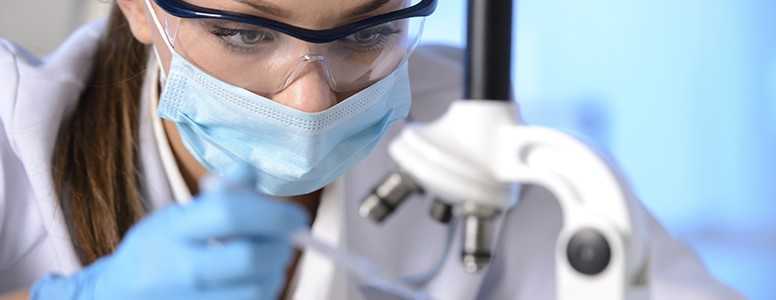Recycling unused human pancreas material from organ donors could aid the development of artificial pancreas systems, according to new research.
The study, conducted at Wake Forest Baptist Medical Centre’s Institute for Regenerative Medicine, North Carolina, could provide a reliable technique for developing a fully-functioning artificial pancreas.
It is estimated that around 25 per cent of donated pancreata cannot be used. There can be several reasons for this, including defects in the pancreas and unsuitability for patients. The researchers wondered if these unused human pancreata could be used as the basis for a bio-artificial pancreas.
“We see these unused organs as potential ‘hardware,'” said lead author Giuseppe Orlando, a transplant surgeon and regenerative medicine researcher. “The ‘software’ would be the patient’s own cells, so that there would be no issues with rejection. We believe that this research represents the first critical step toward a fully human-derived artificial pancreas.”
To test their hypothesis, the researchers first washed the unused organs in detergent, which removes all the cells. This process is called decellularisation. They did this to 25 human pancreata. Despite the decellularisatio, growth factors and blood vessel framework remain intact. This was a positive result; it suggested that the hypothesis – that unused pancreata could be used a platform to create an artificial pancreas – might be correct.
The next step was to see if these functioning organ structures were compatible with the cells of individual patients. They placed two types of cells on the decellularised organ structures: insulin-producing and endothelial cells. The cells attached and functioned properly.
Then the researchers tested whether the new structures could grow blood vessels, by placing small samples in chicken eggs. Again, the experiment was successful. Even more promising, the structures were not rejected by the immune system. This would be a significant breakthrough: currently, people with type 1 diabetes who receive islet cell transplants need to take immunosuppressant drugs to stop their immune system from rejecting the new cells. In this case, the organ structures regulated the immune system.
“The early results are encouraging and pave the way for further investigations to understand the interactions between the organ structures and cells and to identify the optimal cell type to achieve complete regeneration of the endothelium and islets,” said Orlando.
The findings will be published in the Annals of Surgery.
What's new on the forum? ⭐️
Get our free newsletters
Stay up to date with the latest news, research and breakthroughs.






